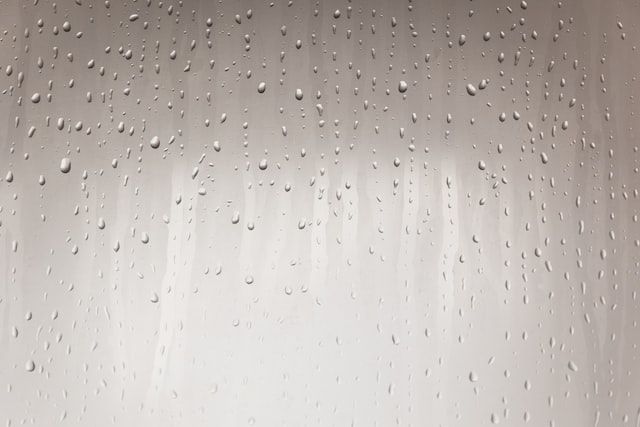What is condensation?
Condensation in the home is a common problem that can cause a range of issues, from damage to your walls and furniture to the growth of mould and other harmful bacteria. In this article, we will explore the causes of condensation in the home, the potential damage it can cause, and ways to treat and prevent it.
What are the causes of condensation?
The main cause of condensation in the home is excess moisture in the air. This can be the result of a variety of factors, including cooking, cleaning, bathing, and drying clothes indoors. When the air inside your home is unable to hold all of the moisture, it begins to condense on cooler surfaces, such as windows, walls, and furniture.
What damage to your home can be caused by condensation?
One of the main problems with condensation is the potential for damage to your walls and other surfaces. When water droplets form on these surfaces, they can cause paint and wallpaper to peel, and can lead to the growth of mould and mildew. This can not only damage your home, but can also create a health hazard, particularly for those with allergies or respiratory issues.
How to treat condensation in your home
In order to treat and prevent condensation in the home, it is important to reduce the amount of moisture in the air. This can be done through a variety of methods, including:
- Ventilating your home by opening windows and doors, particularly after cooking, cleaning, or bathing
- Using a dehumidifier to remove excess moisture from the air
- Avoiding drying clothes indoors, and using a clothesline or drying rack instead
- Covering pots and pans while cooking, and using the exhaust fan if you have one
- Fixing any leaks or plumbing issues that may be contributing to excess moisture in the air
Who can give advice about condensation in your home?
If you are unsure about how to treat or prevent condensation in your home, it may be helpful to consult a tradesperson. A building surveyor or home energy assessor can help you identify any issues with excess moisture in your home, and can suggest ways to fix them. A plumber can help with any plumbing issues that may be contributing to the problem, and a heating, ventilation, and air conditioning (HVAC) professional can help you choose and install a dehumidifier or other ventilation system.
In conclusion, condensation in the home is a common problem that can cause damage to your walls and furnishings, and can create a health hazard. By reducing the amount of moisture in the air, you can help prevent condensation and protect your home. If you need help, don't hesitate to consult a tradesperson who can provide expert advice and assistance.
If you would like to speak to an expert about the steps that you can take to treat mould and prevent it from returning, install the free Planna app using the links below to and book a 15 minute video consultation from as little as £5.
Don't want to speak with a pro? you can follow the FREE step by step instructions in the app.



